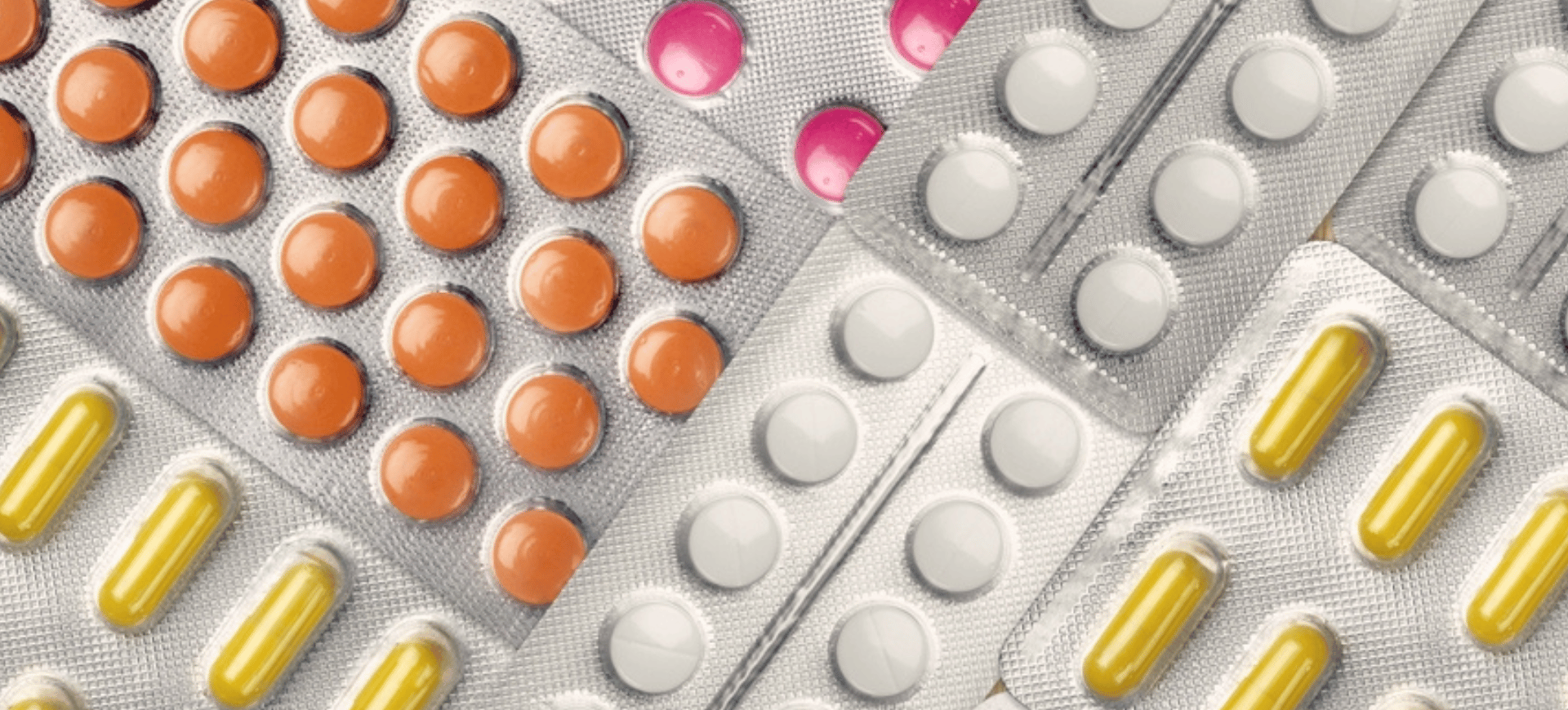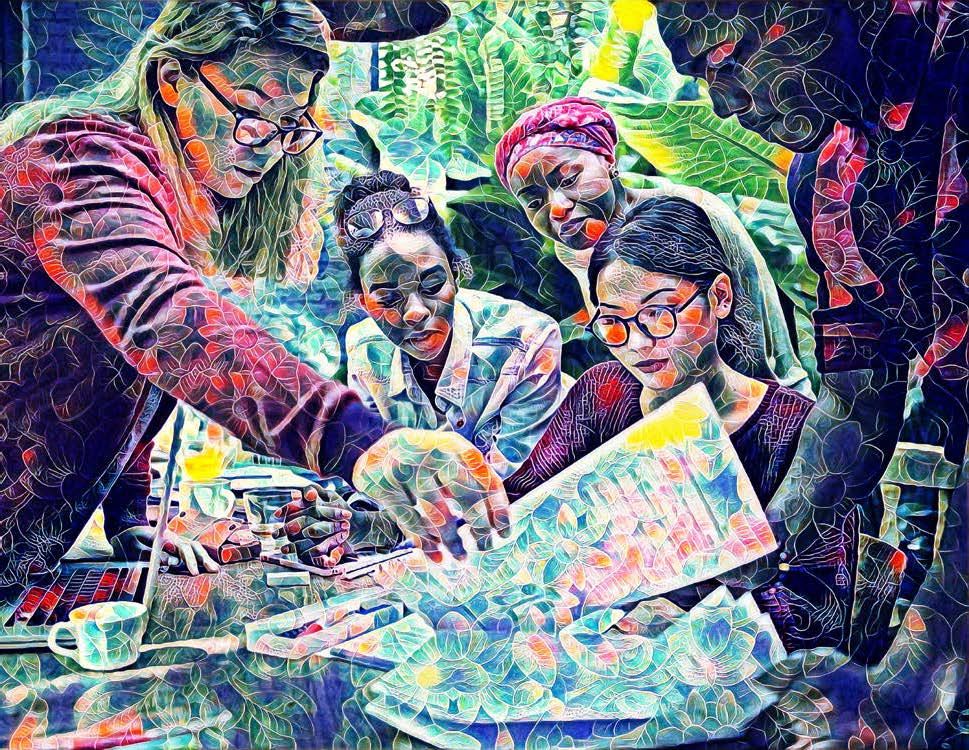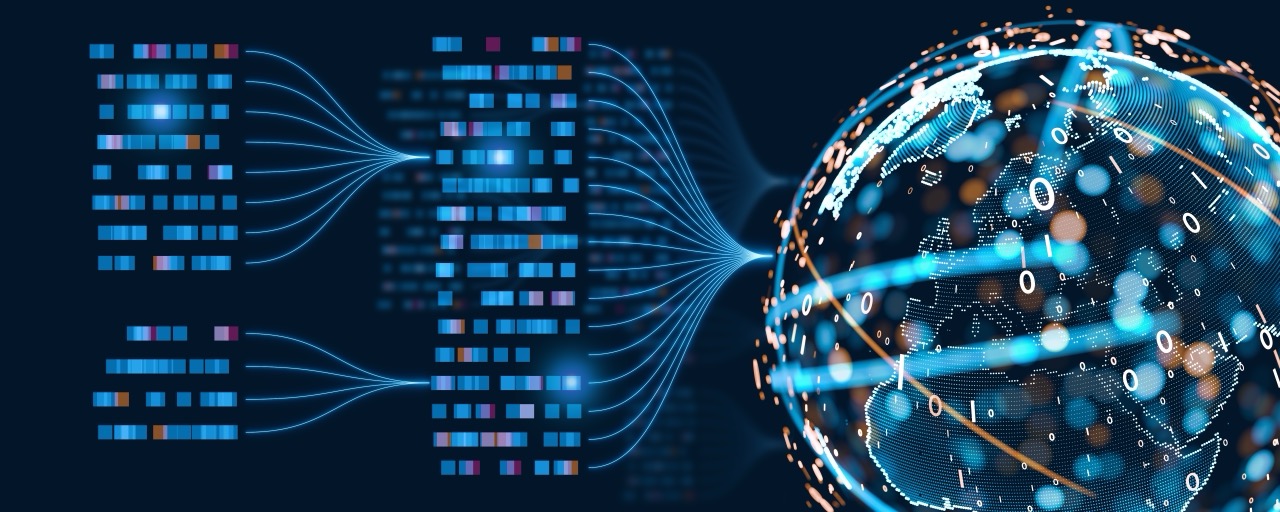To tackle AMR, the world needs sustainable access to antibiotics
Antimicrobial resistance is a serious issue that needs urgent attention, but withholding access is not the answer – it simply harms people living in low- and middle-income countries
For decades the restricted use of antibiotics has been widely encouraged as a way of slowing down drug resistance. The rationale is that this is necessary to protect the lives of people in the future, because limiting exposure to these drugs will delay the time it takes for bacteria to develop resistance to antibiotics, thereby prolonging their effectiveness. However, while good antibiotic stewardship continues to remain critical, it has overshadowed the importance of people getting access to the antibiotics they need today, particularly in low- and middle-income countries where the disease burden is the greatest, with more people now dying from a lack of access to antibiotics than from drug-resistant infections.
That is why, in the run-up to the United Nations High-Level Meeting on Antimicrobial Resistance, there were growing calls for sustainable access to antibiotics to become the top priority. This may seem like a radical departure from years of restricted use, because increasing access may lead to a global net increase in the use of antibiotics. However, although in theory this could accelerate the rise and spread of drug-resistant infections and put future generations in jeopardy, in fact sustainable access should avoid such a trade-off, and is necessary to stop the rise and spread of AMR. If we want to stop drug-resistant infections in their tracks and save lives, then people in all countries must have access to the most effective available antibiotics, both old and new. Currently that is not the case.
Addressing unequal access
In stark contrast to wealthy countries, millions of people in LMICs die every year because they do not have access to the most basic antibiotics needed to treat common and highly treatable infections. And despite those countries having the heaviest burden of AMR, their access to the latest antibiotics that are effective against multidrug-resistant infections is even poorer. The use of these drugs in some African countries is 20 times lower than in European countries and 100 times lower than in the United States.
There are many historical reasons for such stark disparities, including market failures, lack of the right type of market incentives and perceived lack of demand for such products. This latter reason has become a self-fulfilling prophesy in LMICs – with new antibiotics so far out of their reach, many governments have come to believe they do not need them. Instead, many have to settle for what they can get, which is usually older and cheaper antibiotics that are often less effective. Poor quality, sub-standard and fake antibiotics are a growing problem there.
In the face of such challenges, many governments may now see their best option as investing their often-limited resources in measures that prevent bacterial infections to begin with. Interventions such as infection prevention and control, water, sanitation and hygiene (WASH), and vaccination play a critical role in saving lives and tackling AMR. But, as is evident in wealthier countries, it is impossible to prevent all infections. That is why all countries also need innovation coupled with access to good quality and effective antibiotics.
Despite the obstacles that have prevented this in the past, things are now changing. Not-for-profit organisations like the Global Antibiotic Research and Development Partnership are working with industry and global stakeholders to create a new antibiotic development ecosystem where public health need is the main driving force. This makes it possible to factor sustainable access into the entire antibiotic development process, from scientific discovery and research and development, right through to the manufacturing, registration and last-mile delivery of antibiotics. Doing so enables us to produce affordable antibiotic treatments that are effective against multidrug-resistant pathogens that pose the greatest public health threat and that are clinically suitable for all populations. At the same time, by supporting LMICs to enhance capacity and implement their AMR national action plans, the global community can help to identify disease burdens and determine the antibiotic needs of countries.
Regional solutions such as pooled procurement can also help remove the barriers to last-mile access, while helping to address market failures by creating predictable demand.
New tools, new mindset
Just a few years ago this would not have been feasible, but we now have the tools to ensure that the most-needed antibiotics are produced for and reach the people who need them.
So what we need now is not only new tools but also a new mindset. With HIV, the focus was always about ensuring that people got access to the best available and most appropriate treatments. With antibiotics it should be no different. Both the UN High-Level Meeting on AMR and the World Health Summit represent opportunities to bring about that change, by bringing governments and the global health community together on a common vision for sustainable access to both old and new antibiotics.
Good antibiotic stewardship is not about the volume of antibiotics consumed but rather whether antibiotics are used appropriately. And without sustainable access that simply is not possible.












